John Hurrell – 24 October, 2019
Snow's oozey squishy globs and occasionally paint-flicked grainy surfaces contrast vividly with the pristine flat ‘metal' patinas seen on Weston's replicas. Snow makes you think about the manual activity, pressing down on stacked layers so they stick, squeezing together two wooden edges so they butt and adhere, or peeling back paint skins on a baton so their insides are turned outwards. Weston on the other hand, presents the results of his craft but the muscular physicality of his procedures that we mentally envisage is hidden.
Auckland
Glen Snow and Ian Peter Weston
Testing Ground
22 October - 26 October 2019
Presenting their work in a university gallery, Glen Snow and Ian Peter Weston display floor sculpture and constructed wall reliefs that characteristically tease out both constantly private fixations (on objects and the words that name them) and spontaneous manual tics; mechanical objects and motor parts inspire obsessive passions while quickly executed bricoleur-ed juxtapositions serve as sources of visual pleasure.
The fourteen items elegantly spread out within a minimalist aesthetic indicate changes within both artists’ practices. Weston’s painted cardboard and paper (aircraft part) sculptures now mostly cling to the floor rather than walls, and surprisingly are painted matte white. For Snow, found jig saw cut offcuts—assorted plywood elements sometimes glued together—dominate over viscous acrylic paint and coloured glue. The clashing directional vectors of woodgrain patterns play a huge compositional / decorative role, and negative wall spaces enclosed within undulating contours are also key.
Around the main room, Snow‘s oozy squishy globs and occasionally paint-flicked grainy surfaces contrast vividly with the pristine flat ‘metal’ patinas seen on Weston‘s replicas. Snow makes you think about his manual activity in the studio, pressing down on stacked layers so they stick, squeezing together two wooden edges so they butt and adhere, or peeling back paint skins on a baton so their insides are turned outwards. Weston on the other hand, presents the results of his craft as discreet bodily traces, but the muscular physicality of his procedures that we mentally envisage is hidden.
The biggest surprise in this show is that Snow is moving away from cerebrating the sculptural (and sensual) properties of dried paint and focussing more on the morphology of cut (or scraped) plywood—often playing with lopsided symmetry. With Weston, the smallest work is a revelation by virtue of its intimacy and playful sense of Lilliputian narrative. Is it something huge reduced (like a grain-feeding funnel for trucks) or is it an electronic appliance (like a modem filter) that is life-size?
Whether seen as isolated individual items—to be looked at in sequence—or as a collaborative wholistic installation with elements in two rooms, this exhibition is engrossing.
John Hurrell
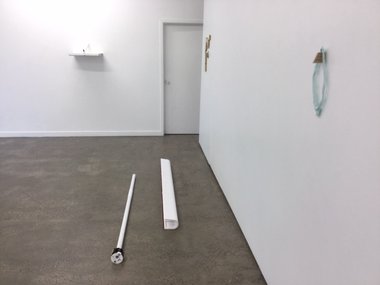
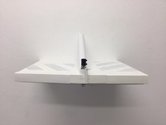
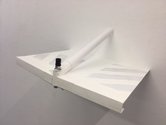

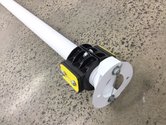
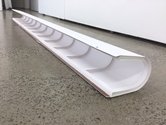
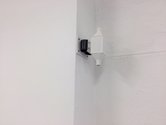
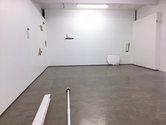
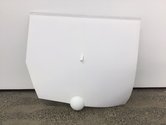
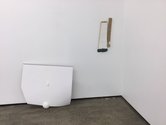
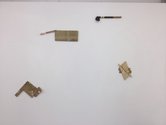
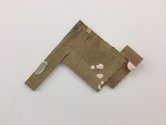
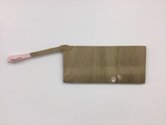
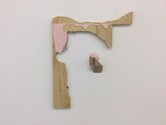
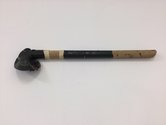
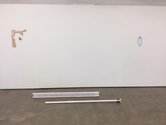
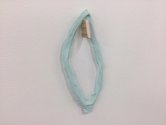
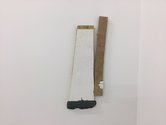
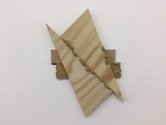
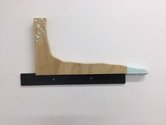
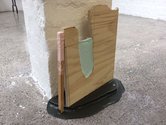
 Advertising in this column
Advertising in this column Two Rooms presents a program of residencies and projects
Two Rooms presents a program of residencies and projects



This Discussion has 0 comments.
Comment
Participate
Register to Participate.
Sign in
Sign in to an existing account.